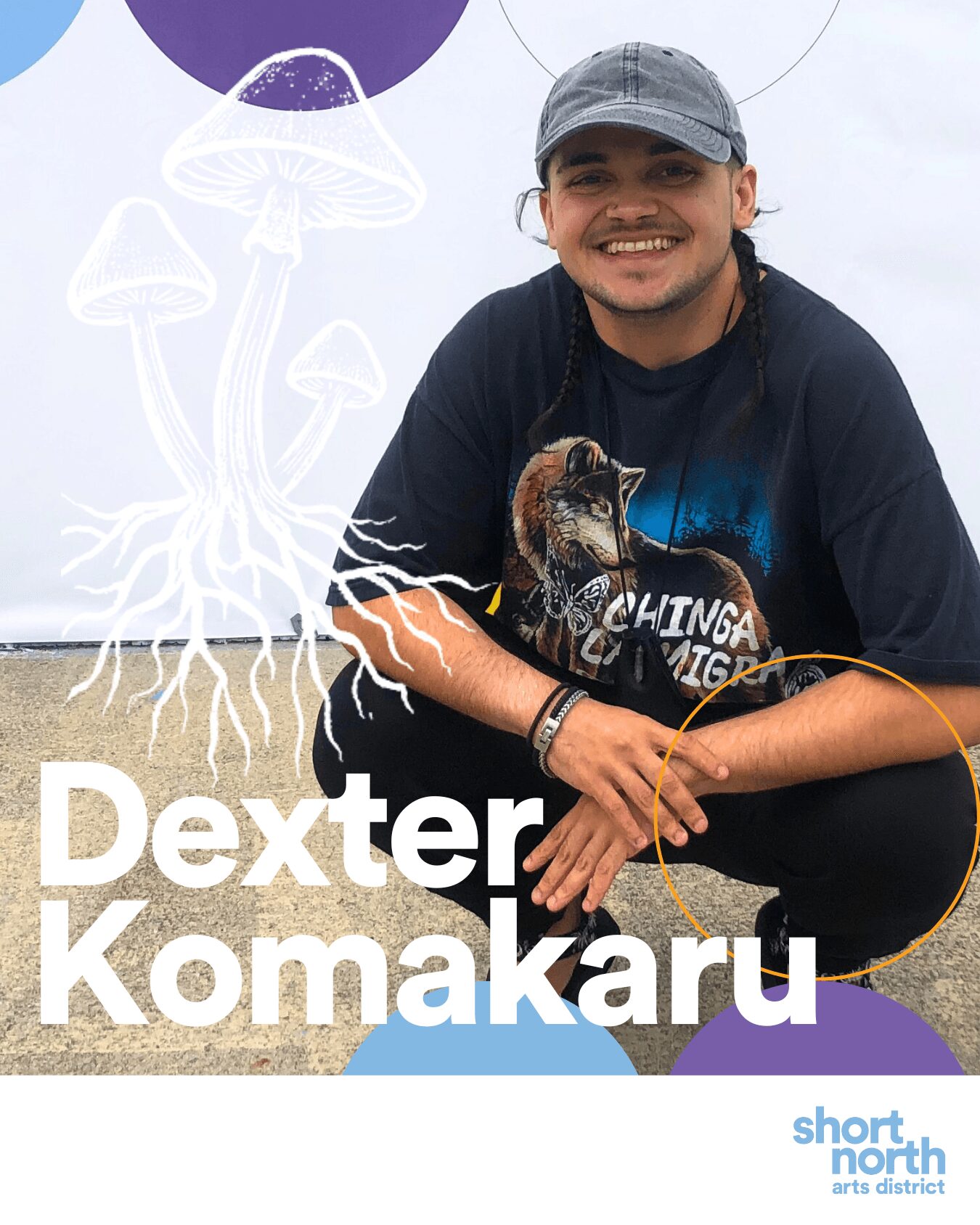

We recently had the chance to connect with Dexter Komakaru and have shared our conversation below.
Hi Dexter, thank you so much for taking time out of your busy day to share your story, experiences and insights with our readers. Let’s jump right in with an interesting one: What are you most proud of building — that nobody sees?
I’m most proud of the systems I’ve built to survive, especially the ones no one sees. The boundaries, the rhythms, the quiet rituals that keep me tethered to myself when everything around me is loud or urgent. There is an entire architecture behind my creative life, built from grief, trial, and self-study. I had to teach myself how to rest, how to move from a state of alignment, abundance, and presence, rather than fear, scarcity, and urgency, and how to make decisions that honor my body and spirit.
As a working-class artist with chronic pain and mental health struggles, I balance my own healing with a full-time job in a high-crisis, trauma-informed community role. I spend my days holding space for other people’s emergencies and chaos, then come home to hold space for my own. That balancing act does not make it onto my social media or into press releases, but it is the foundation of everything I do.
Making art is my ritual. Creativity is my alchemy. It is where I turn grief into color, exhaustion into movement, movement into mark making, and everything from passion to anger into something I can hold without burning myself out or burning everything down. Every painting, every offering, every act of mentorship or grant support, every moment spent helping another artist find their way is part of a much larger act of survival and transformation.
The systems I have built are not just about staying afloat. They are about creating a life where healing is the work, and the work is sacred. That is what I am most proud of. It allows me to be here today, blessed to say: I am still here, and I am still making, honoring where I’m at with each thing I do and create.
Can you briefly introduce yourself and share what makes you or your brand unique?
I’m Dexter Komakaru, the queer human behind my one-man visual arts practice and creative studio, DXTROSE. Working from my contemporary homelands of Central Ohio, I spend my days building a lifelong body of work for myself while collaborating with private and commercial clients to bring their creative visions to life.
My practice lives at the meeting place of art and healing, rooted in grief, joy, and the kind of creativity that grows through the cracks in the concrete. I’m a working-class artist who learned to make a creative life without a roadmap, using illustration, murals, storytelling, and creative consulting to help people and communities speak the truths that ache to be heard, even when they live outside comfort or convention.
This year I’ve had the honor of being one of four projects from North America / Turtle Island to be selected for an international fellowship, the 2025 Rhizome Fellowship. Through Culture Hack Labs, the Rhizome Fellowship is an environmentalist fellowship rooted in research and embodiment, centered around narrative change. Throughout the fellowship this year, I am working on a project where I’m tending to a narrative shift exploring how colonialism, capitalism, and separation from land have separated us from our ability to grieve, and reframing grief as a source of shame to a force for collective transformation.
Through the end of 2025, I am accepting public art, writing, or storytelling submissions from anyone interested in contributing their experiences, story, or insights on grief and land to this fellowship project. Those interested in submitting can find the form at: https://forms.gle/DLACDVPD7Q43oSJC9
I’ve also been excited to return to public art this year as a Short North Arts District Summer Spray Artist, creating a mural for them this last summer, celebrating nature persisting despite the manmade barriers created to separate us from life beyond the self. Learn more about the Summer Spray here: https://shortnorth.org/summerspray-2025
For me, DXTROSE isn’t just about making art, it’s about bringing my creative visions to life, holding space for stories that are often silenced, and imagining futures beyond extraction and isolation. I hope that everything I create leaves more room for people to see themselves whole and to remember they belong to something larger than the systems or patterns trying to oppress them.
Thanks for sharing that. Would love to go back in time and hear about how your past might have impacted who you are today. What breaks the bonds between people—and what restores them?
In my lived experience, bonds break when care becomes conditional, when listening stops, or when one person starts only being able to see or love the version of you they’ve imagined or written as a certain character in their story instead of the complex, real person who is standing in front of them. They fray in the silences where truth should live, when what is left in the silence or unsaid speaks a thousand words, and in the moments when harm is met with defensiveness or self-preservation instead of returning to right relationship with repair. I’ve learned they also break when you allow yourself to get so lost in the details that you lose sight of the bigger picture, and allow yourself to disappear inside them, when you start believing love must be earned by shrinking yourself smaller and smaller until you barely exist. That type of self-betrayal doesn’t just damage the bond between the self and another person, it also damages the bond and trust we have in ourselves to maintain safety and self-determination.
What restores that damage isn’t perfection, it’s presence. It’s the courage to meet each other as we are now, not as who we were before the fracture. It’s honesty without cruelty, apology without manipulation, and the shared willingness to build something new that can hold the weight of what’s been lived. Sometimes that work brings people closer. Sometimes it means the best way you can love something is from a distance. I know that people are capable of change, I’ve seen it firsthand, but you have to stay rooted in the presence of where people are at in the now, not where we’d want for them to one day meet us. That’s their path.
Either way, restoration begins the moment you stop disappearing and start being able to breathe, to exist in the moment as your whole self again, and realize that you’re already exactly where you’re supposed to be.
What have been the defining wounds of your life—and how have you healed them?
Some of my deepest wounds came from learning love through the lens of endurance, from growing up in cycles of violence and scarcity that taught me love was something I had to earn, to fight for, to suffer for, to be worthy of receiving. I carried that belief into adulthood, staying in relationships and systems that mirrored those early lessons, allowing myself to forget in my own self-destructive bottomless compassion for others that I was losing myself, mistaking devotion for self-erasure, and confusing survival with living. My wounds in life have allowed me to still to this day easily fall into just letting life happen to me, but sometimes “going with the flow” isn’t surrender, it’s self sabotage. I’ve worked to heal this by reminding myself to be an active participant in my own life. Someone like that is what I needed when I was younger.
Healing has been the slow work of coming up for air and realizing that love is abundant, that it should never be something I have to earn, prove, or fight for, especially when I myself am love embodied. I’ve learned that loving someone on purpose can be the greatest act of love, but even that can’t make up for the things a person is not yet ready to choose to work on or repair. Sometimes the highest form of love, for them and for yourself, is loving from afar, especially when closeness asks you to disappear. My art has been the place where I can hold these truths, let grief breathe, and compost what once kept me small into something freer and more whole, that reminds me of who I am beyond that noise.
Sure, so let’s go deeper into your values and how you think. What’s a cultural value you protect at all costs?
I’ve always stood by ‘defend the sacred’, and one of the ways I do that is by protecting the value that we are not meant to do this alone. Community, connection, right relationship, and the collective consciousness are sacred. Ancestrally, intergenerationally, and contemporarily, my people’s survival has always been braided into the survival of others, through shared food, shared grief, and the passing down of hands that know how to hold.
Western hyperindividualism, colonialism, and capitalism have all worked to sever those braids, to convince us that self-reliance is the highest virtue, that competition is natural, and that separation is the cost of survival. But isolation is not our nature, it’s an injury, and a cultural trauma response from systems working everyday to separate us from eachother and ourselves.
In this way, belonging isn’t something you buy into or brand yourself into, it’s something you tend, like a fire that can outlast the night if enough of us feed it. It’s the knowledge that your wellbeing is bound up with mine, and that no amount of money or recognition can replace the safety of being truly seen and held by your people.
The art world often mirrors the same extractive logic as capitalism: it tells us the market decides the worth of our work, that visibility is the same as value, that urgency is the same as impact. It rewards the palatable over the truthful, asking us to package our hearts before they’ve even finished beating. I reject that.
My work is rooted in a refusal of that scarcity logic, in the belief that art can be slow, relational, and still sustain you. That we can choose collaboration over competition, relationship over transaction, and collective liberation over personal brand-building. And that sometimes the most radical thing we can do, as artists and as humans, is to keep making, living, and belonging on our own terms, even when the systems around us haven’t yet learned how to value it.
Thank you so much for all of your openness so far. Maybe we can close with a future oriented question. Are you doing what you were born to do—or what you were told to do?
I’m doing what I was born to do, but it’s taken years of unlearning to get here. My creative work has always been a sacred calling, something meant to be much larger than myself, my lifetime, or even my own body of work. For a long time, I followed the scripts I was handed: work hard, stay small, measure success by stability, visibility, or praise. But the larger truth is, I was never meant to live within the limits of systems built on scarcity and separation.
Now I’m at an interesting transitional period in my career, coming out of serving two years on the Greater Columbus Arts’ Councils GCAC Navigators Program from 2023-2025, where I was able to offer grant/funding support, freelance mentorship, and 1:1 creative support to other marginalized artists, working class creatives, and underserved makers in my community. With the amazing experience and blessings that my time served on the first Navigators cohort gave me, along with the newfound confidence and belief in myself after being awarded the Rhizome Fellowship this year, I’m starting to pivot some of the offerings I provide as part of my ever-evolving creative practice. I don’t just want to create art for myself or to show or sell, and though I love to work with clients to bring their creative visions to life, whether it’s for t-shirt designs, murals, branding, or storytelling, I know that my work also calls for more than that.
About half a decade ago now (wow), I had a vision one night. It was about purpose, my passion, and the larger picture that my artwork is a part of. I realized in that moment that my creative practice isn’t merely talent or skill or pursued interest, but it is my sacred calling. Not just to create art to move and heal myself, but to use my creative visions and work to heal the world. As an artist who has built my entire creative practice through cracks in the concrete, from nothing, and still working-class to this day, I’ve wanted for awhile now to be able to provide mentorship, more peer support, and 1:1 creative coaching offerings to help other aspiring freelancers and visionary artists to establish their own creative practices to liberate themselves. Whether it’s from the myth of the starving artist, the constraints of capitalism, or imposter syndrome, this year I’m putting together some new offerings and services dedicated to helping others pave their own paths to a freer future. So if this sounds like something you might be interested in, be sure to keep an eye out.
Ultimately, my art is how I answer to something older and deeper than any industry standard, an act of devotion to story, connection, and collective memory. It’s creative embodiment rooted in the belief that we belong to each other, and that what we create should feed more than the market. I want my work to ripple far beyond my name, into lives and futures I’ll never see, carrying with it the reminder that we are not here to do this alone. We are all related.
Contact Info:
- Website: https://www.dxtrose.com
- Instagram: https://instagram.com/dxtrose
- Linkedin: https://www.linkedin.com/in/dexterkomakaru/
- Facebook: https://www.facebook.com/DXTROSE
- Youtube: https://www.youtube.com/@DXTROSE
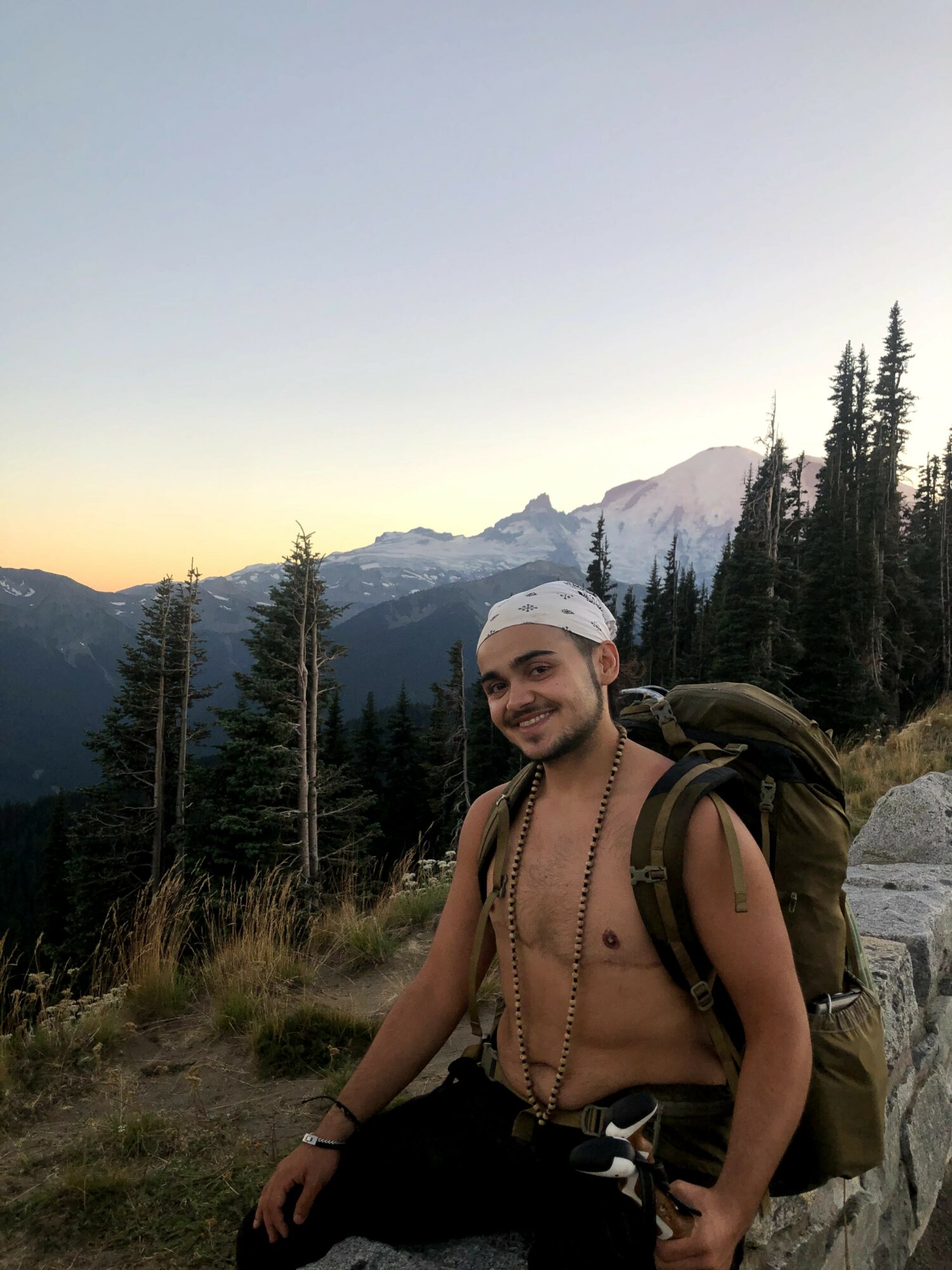
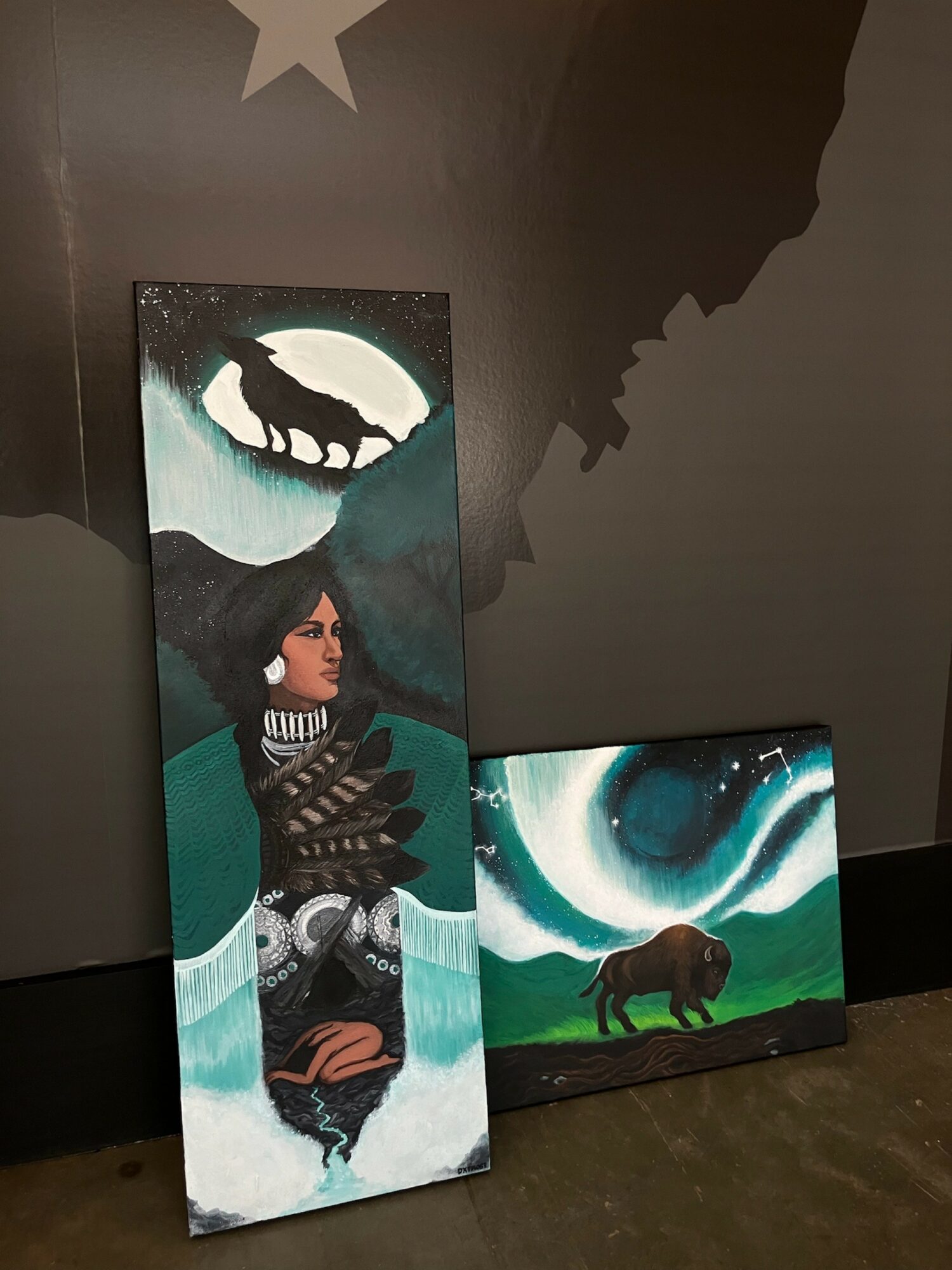
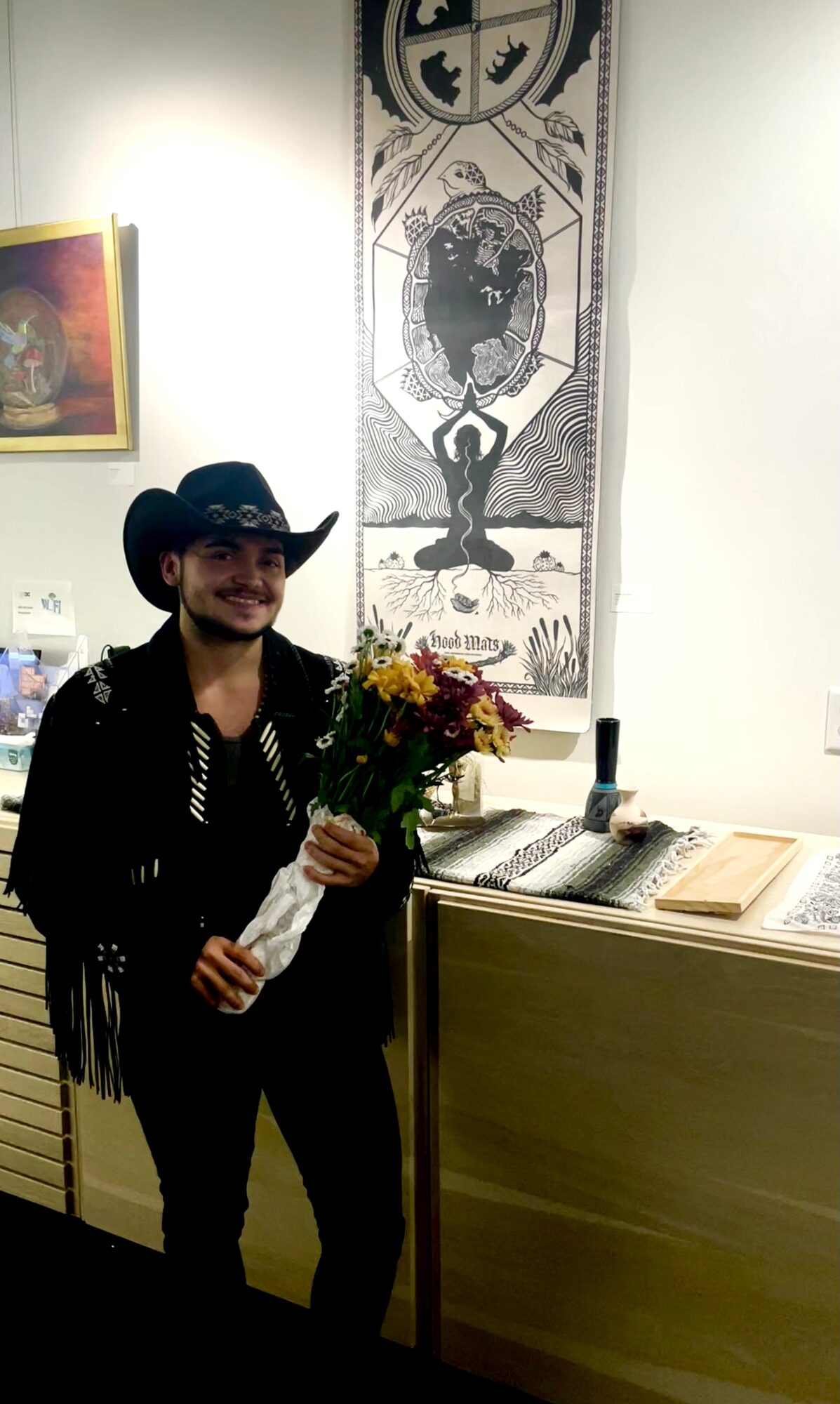

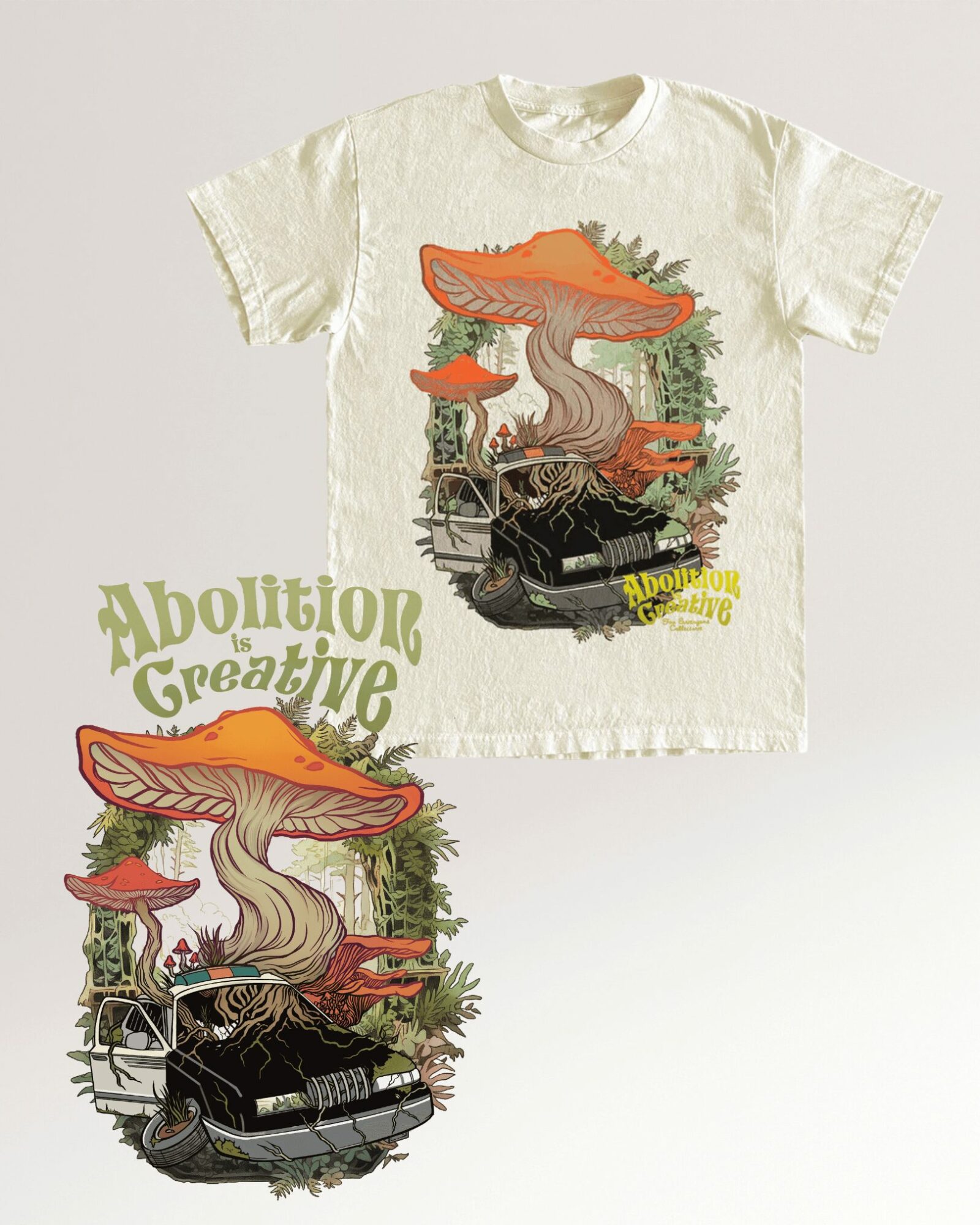



Image Credits
shopkalma.com (https://www.shopkalma.com/shop-kLiVw/p/chosen-family-art-print) for final ‘Chosen Family’ print photo credit, print created and sold thru Transfigure Print Co., designed by Dexter Komakaru (@DXTROSE, dxtrose.com)











